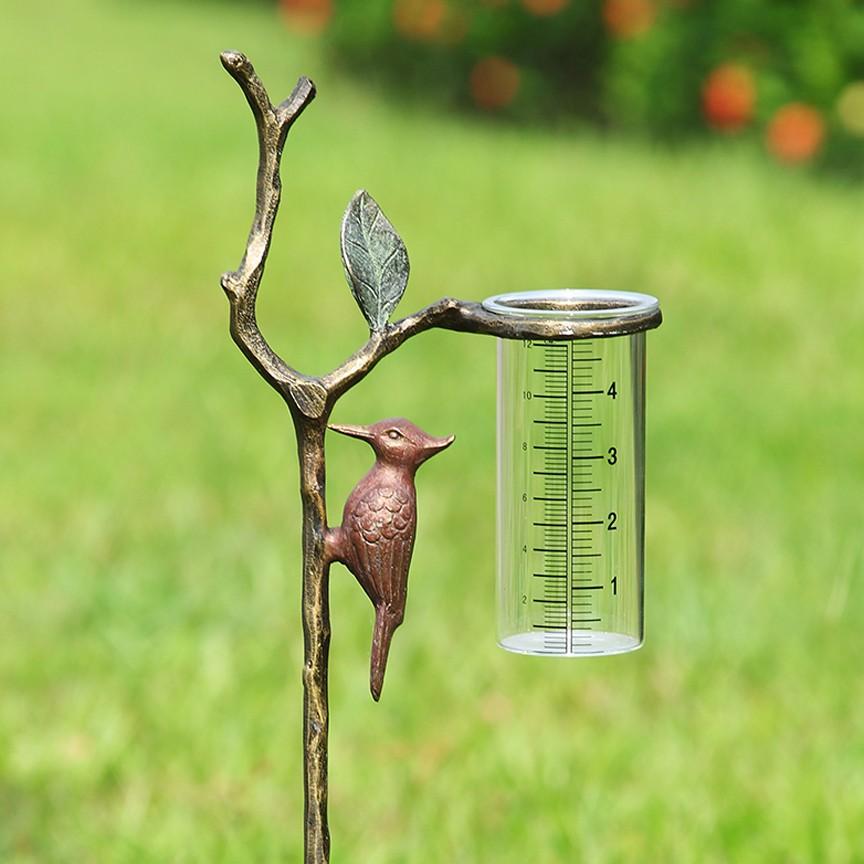The Rain Gauge: Encouraging Neighborhoods with Accurate Rain Data
The Rain Gauge: Encouraging Neighborhoods with Accurate Rain Data
Blog Article
DIY Rainfall Gauge: Easy Actions to Make Your Own
Developing your very own DIY rainfall gauge is a basic and effective means to record and gauge rainfall. With just a few common materials and some fundamental steps, you can conveniently create your very own rain scale at home. Let's get started on making your Do it yourself rain gauge today!
Gather Materials
To start creating your DIY rainfall scale, gather all the required products making use of a detailed checklist of products. Having the ideal products handy will certainly guarantee the effective development of your rainfall gauge and enable exact dimensions of rainfall. You will require a clear plastic container or cyndrical tube, such as a plastic bottle or jar. Make sure the container is transparent to make sure that you can easily see the water degree inside. Next, you will certainly require a leader or gauging tape to note the increments on the container. This will enable you to measure the amount of rains precisely. Furthermore, you will certainly need a permanent pen or water-proof tape to note the measurements on the container. When revealed to rainfall, this will guarantee that the markings continue to be visible even. Lastly, you will require a sturdy base or stake to firmly hold your rainfall gauge in location. This can be a wood or steel stake that can be placed into the ground or a strong level surface to offer stability. Collecting these products in advance will streamline the building and construction process and ensure that you have whatever you need to produce your very own do it yourself rainfall scale.
Prepare the Container

Mark the Measurement Increments
To precisely gauge the quantity of rains, properly marking the dimension increments on your do it yourself rain scale is essential. Without clear and specific markings, it would be tough to determine the precise amount of rains accumulated in your rainfall gauge. Right here are the steps to note the measurement increments on your rain gauge.
The most common units for determining rainfall are millimeters and inches. When you have chosen the system, make use of a permanent pen or water resistant paint to note the increments on the side of your rainfall gauge.
When marking the increments, it is essential to make certain that they are equally spaced and clearly noticeable. Utilize a leader or determining tape to make sure accuracy and consistency. Furthermore, see to it that the markings are immune to fading or massaging off, as direct exposure to the elements may create them to wear away in time.
Place the Rainfall Scale Outdoors
The rain scale need to be placed outdoors to accurately collect rainfall data. The place chosen for the rainfall gauge must be cost-free and open from any kind of blockages that could possibly impact the dimension of visite site rains. The Rain Gauge.
Furthermore, it is critical to position the rainfall scale on a stable surface, such as a degree ground or a sturdy post. This will protect against any movement or tilting of the scale, which might lead to imprecise dimensions. It is additionally recommended to avoid positioning the scale near any kind of resources of artificial water, such as lawn sprinklers or drainage systems, as this could disrupt the accuracy of the measurements.
Monitor and Document Rain Information
Normal tracking and recording of rains information is necessary for accurate data evaluation and analysis. By tracking rainfall measurements, you can acquire beneficial understandings into climate patterns, environment patterns, and water source management. To successfully check and tape-record rains information, it is very important to develop a routine and preserve constant techniques.
To start with, guarantee that your rainfall scale is Look At This positioned in an open area away from obstacles such as trees or structures that may obstruct rainfall. Additionally, make sure the rain gauge is level and firmly anchored to avoid any type of movement that might impact the precision of the dimensions.

When videotaping the rains information, it is essential to keep in mind the day and time of each dimension. Use a leader or a determining adhere to determine the rainfall depth in the rain gauge, and document this info precisely.
To guarantee the link precision of the measurements, it is recommended to empty the rainfall scale after each recording. This will certainly stop any overflow or dissipation from influencing subsequent dimensions.
Final Thought
In conclusion, producing a DIY rainfall gauge is a sensible and simple method to check and record rains information (The Rain Gauge). By following the steps laid out in this short article, you can conveniently gather products, prepare the container, note the dimension increments, and position the rainfall gauge outdoors. Routinely keeping track of and recording rains data can supply important info for various objectives
Having the ideal products on hand will guarantee the effective production of your rain scale and enable for exact dimensions of rainfall.To precisely determine the quantity of rainfall, accurately noting the dimension increments on your Do it yourself rain scale is crucial.The rainfall scale ought to be positioned outdoors to accurately accumulate rains data. The place chosen for the rain scale need to be totally free and open from any kind of blockages that could potentially influence the dimension of rains.In final thought, producing a DIY rain scale is a practical and easy method to check and tape-record rainfall information.
Report this page